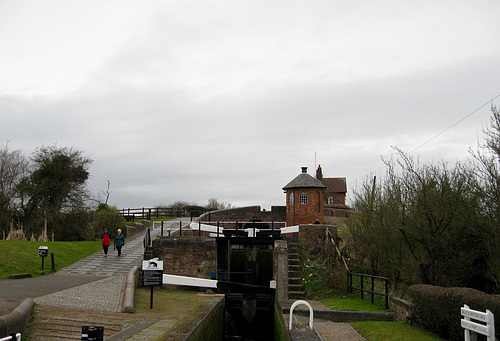There are still a few of these around. The first one on the Birmingham & Fazeley Canal at Cambrian Wharf is now the home of the Birmingham branch of the Canal and River Trust. Today the building is called Cambrian House (address Cambrian Wharf, James Brindley Walk). Image from Streetview.
I think 2 storey toll houses like the first one might be less common. There is another toll house at Cambrian Wharf which is one storey, seen in the second photo (Source: Geograph) to the left below the ‘Groundworks’ building.
I wonder if the 2 storey toll house had a different or additional role to the smaller one ?
Viv.


I think 2 storey toll houses like the first one might be less common. There is another toll house at Cambrian Wharf which is one storey, seen in the second photo (Source: Geograph) to the left below the ‘Groundworks’ building.
I wonder if the 2 storey toll house had a different or additional role to the smaller one ?
Viv.


Last edited:









